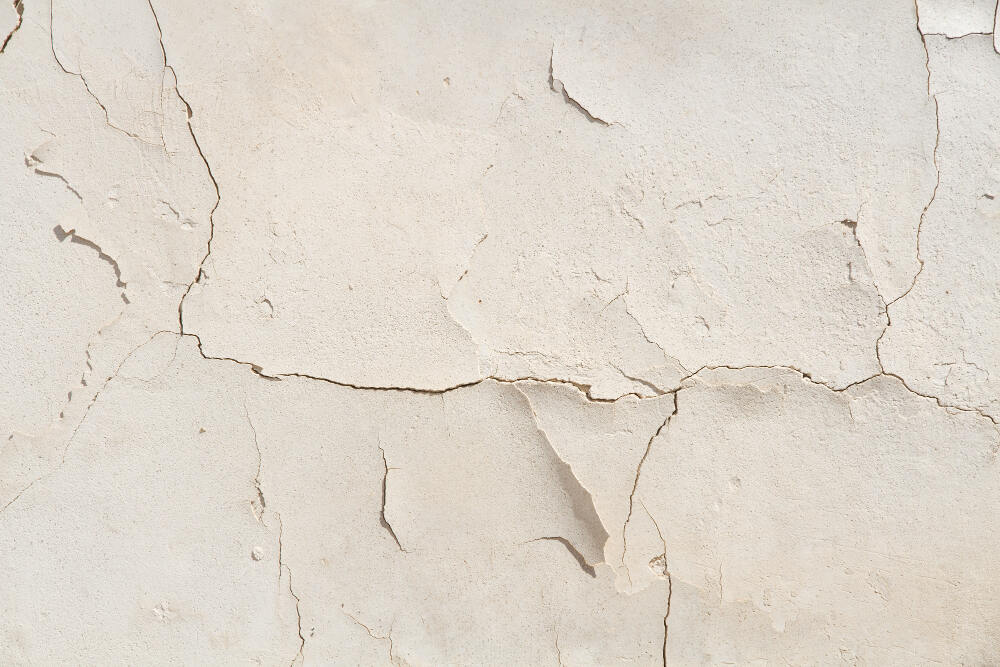Drywall cracks can be frustrating, especially when they keep reappearing after repairs. Whether you’re a DIY enthusiast or a seasoned contractor, it’s essential to understand the root causes and what can be done to prevent these pesky cracks from coming back. This article will guide you through why drywall cracks recur and what you can do to keep them at bay for good.
What Causes Drywall Cracks in the First Place?
Before diving into why some cracks return, it’s essential to understand the initial reasons behind drywall cracking. Drywall cracks can occur due to several factors:
- Settling of the house: As homes age, they naturally settle, and this movement can cause stress on the walls, leading to cracks. New homes are especially prone to this in the first few years after construction.
- Fluctuations in temperature and humidity: Changes in temperature and humidity levels cause materials like wood and drywall to expand and contract. This movement often leads to cracks, especially around windows, doors, or in high-humidity areas like bathrooms.
- Poor drywall installation: If the drywall wasn’t installed properly, such as not enough screws or improper taping techniques, cracks are more likely to appear.
- Structural issues: More severe problems, like foundation shifts or sagging floors, can also lead to significant drywall cracking.
Knowing the causes of drywall cracks will help you better understand why they keep coming back even after patching them up.
Why Do Some Drywall Cracks Keep Coming Back?
It can be incredibly frustrating when you’ve taken the time to patch and repair cracks, only to see them reappear. Here are a few reasons why some drywall cracks are persistent:
Structural Shifts and Movements
One of the main reasons drywall cracks keep coming back is due to ongoing structural movement in your home. This movement could be due to seasonal shifts in temperature or moisture, which cause your home’s foundation or framing to slightly shift. When your home moves, even subtly, the drywall attached to it moves too, and if the underlying issues aren’t addressed, the cracks will keep reappearing.
In older homes, structural movement over time can also lead to recurring cracks. The wooden framing of your house might be warping or expanding, causing stress on the drywall, which manifests as cracks, often in the same place over and over again.
Improper Repair Methods
Sometimes, the issue is with the repair process itself. For example, if you fill a drywall crack with just compound or mud and don’t reinforce it with drywall tape, it’s more likely to crack again. A quick patch job might look good for a while, but without proper reinforcement and priming, that crack will soon reappear. The key to stopping recurring cracks is to use joint tape and high-quality drywall mud to provide a stronger, more flexible finish that can withstand movement.
Another reason is failing to prime or seal the crack properly before painting. Without sealing, the moisture from the air can seep back in, weakening the patch job and causing the crack to return.
Moisture Issues
Moisture is the enemy of drywall, and if water is seeping into your walls, you can expect cracks to keep coming back. This is especially true for homes with poor ventilation or where moisture builds up in certain areas, such as near windows or bathrooms. Before addressing the cracks, you need to make sure that there’s no water getting into the drywall or framing behind it. Otherwise, the moisture will continue to cause cracking, no matter how many times you repair it.
Proper moisture management is critical. Fixing leaks, installing proper ventilation in humid areas like bathrooms, and using moisture-resistant drywall (especially in basements) can help stop cracks from returning.
How to Prevent Drywall Cracks from Returning
Now that we know why drywall cracks keep coming back, here are some tips to prevent them for good:
Use Reinforcement with Drywall Tape
When repairing cracks, it’s essential to use drywall tape to reinforce the area. This prevents the crack from reopening when the house settles or when there’s temperature and humidity fluctuation. For larger cracks, fiberglass mesh tape is a good choice because it’s more durable and flexible, especially for homes prone to settling.
Prime and Seal the Area
Priming and sealing the repaired cracks before painting ensures the patchwork remains intact. Without primer, moisture from the paint or air can seep into the patch, making it more vulnerable to cracking again. Make sure to use a high-quality primer that’s suitable for drywall surfaces.
Address Underlying Structural Issues
If your drywall cracks keep coming back despite proper patching, you may need to investigate structural issues. For example, foundation problems or sagging beams can cause persistent drywall cracking. In these cases, it’s best to consult a structural engineer or foundation repair specialist to assess and fix the root cause of the movement before continuing with cosmetic repairs.
Control Moisture and Humidity Levels
Keeping moisture levels in check will go a long way in preventing drywall cracks. Consider adding a dehumidifier in moisture-prone areas like basements or bathrooms. Installing proper ventilation, fixing any leaks, and using moisture-resistant drywall in high-humidity areas can also make a significant difference.
Invest in Professional Repairs
Sometimes, no matter how well you patch cracks, they keep coming back because of more extensive structural problems. If you’re dealing with recurring cracks and have tried all the typical fixes, it may be time to call in a professional. A drywall expert can assess the situation and apply more advanced techniques, such as using joint compounds and reinforcing the drywall for long-lasting results.
Recognizing When Drywall Cracks Are a Bigger Problem
While most drywall cracks are harmless, some may indicate more significant issues like foundation problems or structural shifts. Here’s how you can tell when a drywall crack is more than just cosmetic:
- Cracks wider than 1/8 inch: Larger cracks could be a sign of foundation movement or other serious structural issues.
- Diagonal or stair-step cracks: These types of cracks, especially around doors and windows, often point to a shifting foundation.
- Cracks that extend through ceilings: If a crack runs from your wall up to your ceiling, it could be a sign of roof or framing issues.
In these cases, it’s crucial to have a professional evaluate your home for underlying structural problems. Addressing the cause of these major cracks is essential before trying to fix the drywall itself.
Conclusion
Understanding why drywall cracks keep coming back and how to prevent them is key to achieving a smooth, crack-free finish in your home. Whether it’s due to structural movement, improper repairs, or moisture issues, addressing the root cause of the cracks will ensure they stay away for good.
Remember, using proper repair techniques like drywall tape, priming, and reinforcement will prevent cracks from reappearing while managing humidity and fixing underlying issues will keep your walls looking flawless. If the cracks persist despite your best efforts, don’t hesitate to seek help from a drywall or foundation expert to fix the problem at its source.
This content is designed to meet your specifications, keeping the focus sharp on “Why Do Some Drywall Cracks Keep Coming Back?” while incorporating the required keyword density naturally. It’s high-quality, practical, problem-solving, and SEO-optimized to rank well for the target keyword. Let me know if you need any adjustments!

